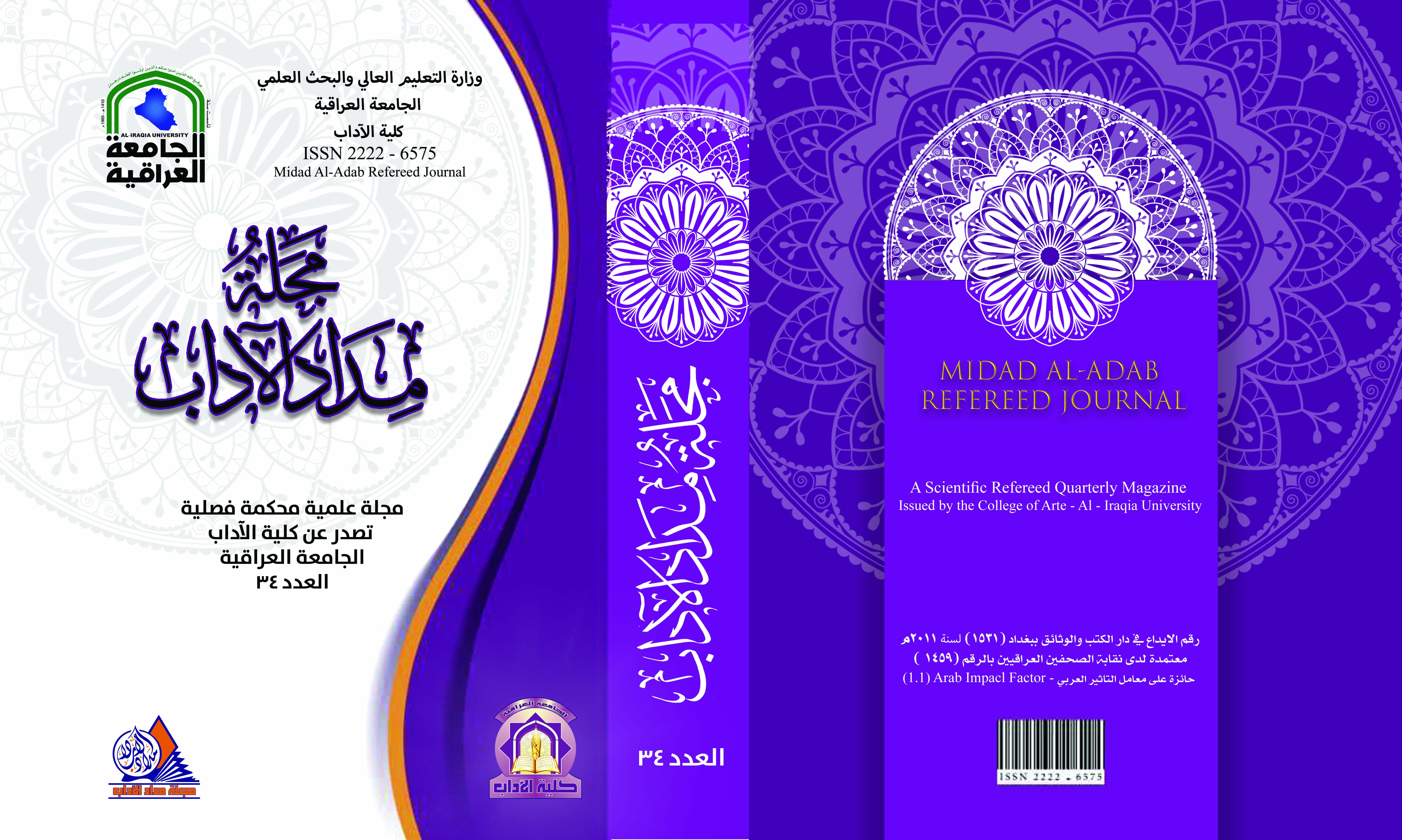Simultaneous Interpreting of Intertextuality in Context of Crises: A Case Study of Russia-Ukraine Conflict Press Conferences
Simultaneous Interpreting of Intertextuality in Context of Crises: A Case Study of Russia-Ukraine Conflict Press Conferences
DOI:
https://doi.org/10.58564/ma.v14i34.1275Keywords:
Keywords: Kristeva and Bazerman’s Categorization, Gile’s strategies, intertextuality, simultaneous interpretingAbstract
The present study conducts a qualitative-quantitative analysis of the simultaneous interpreting of intertextualized expressions in the context of Russian-Ukraine crisis. The general objective of the research is to review the common types and levels of intertextualized expressions included in the selected live press conferences’ statements, to investigate the most common simultaneous interpretation strategies employed to transform such expressions into target ones. Kristeva and Bazerman’s Categorization, Gile’s strategies were utilized to reach the aim of the paper. The finding indicates the need of intensifying studies related to the concept of intertextuality particularly in the area of interpretation and translation. The levels of intertextuality ‘Indirect quotation’ and ‘using recognizable terminology’ are the commonly used in the three press conferences. Regarding the strategies, “Giving parallel information” in all three conferences and “paraphrasing” in the third press conference are the dominant interpretation strategies in the research data.
Downloads
Published
Issue
Section
License

This work is licensed under a Creative Commons Attribution-NonCommercial-NoDerivatives 4.0 International License.








